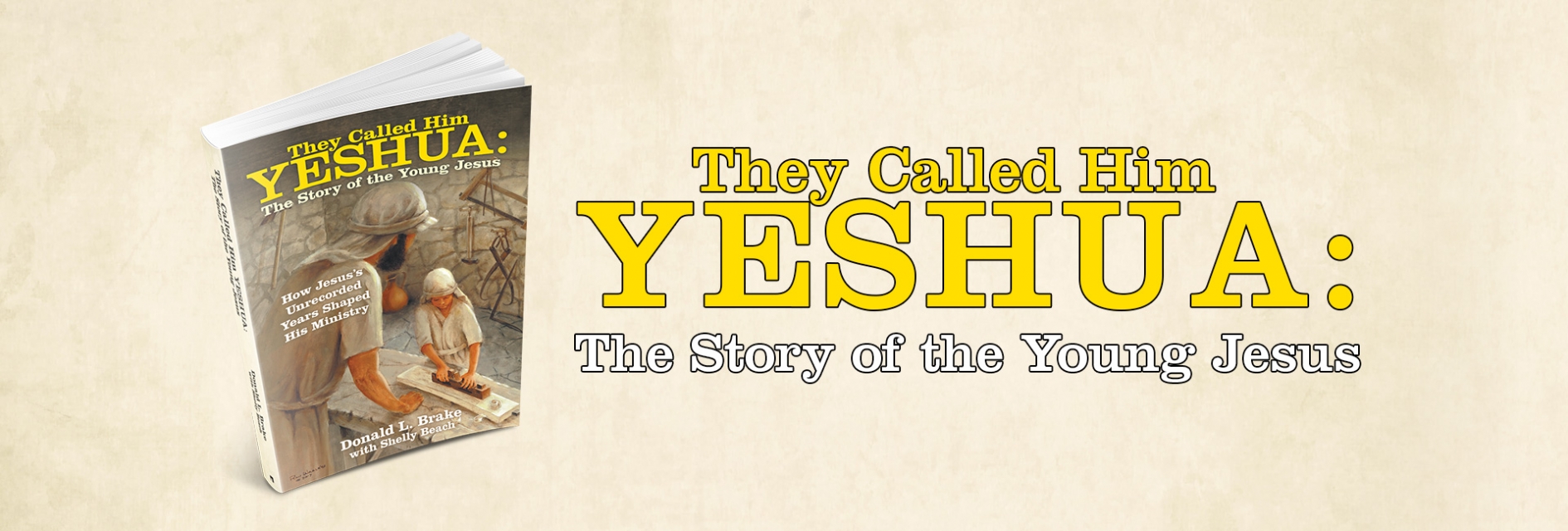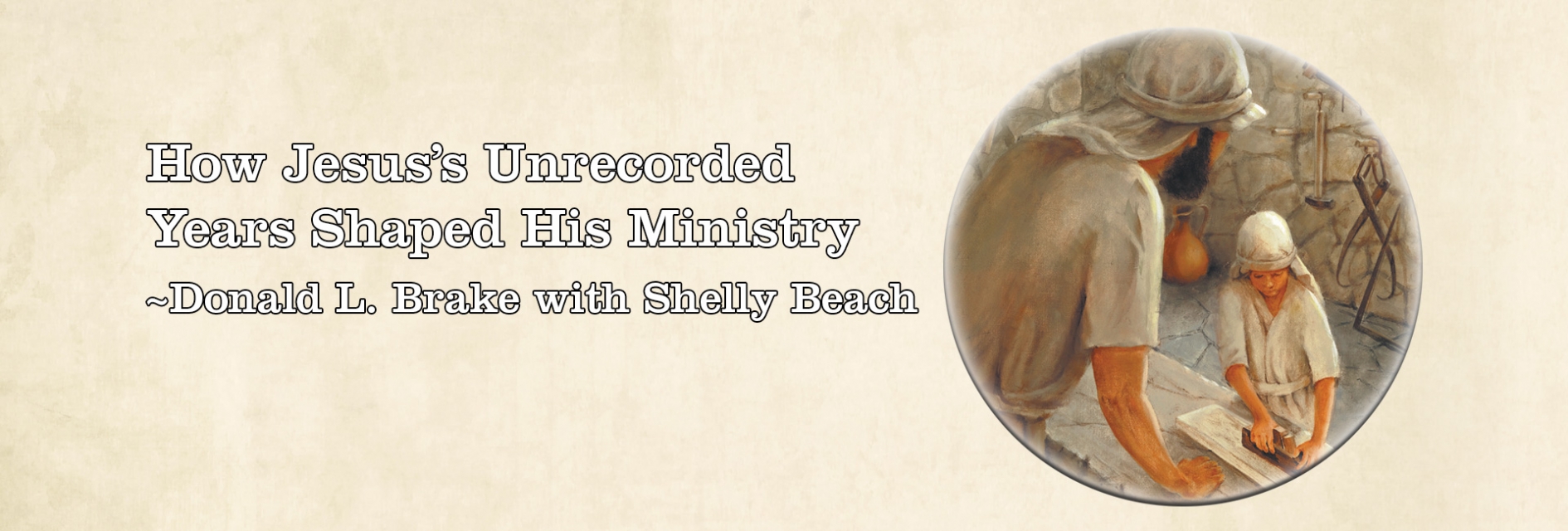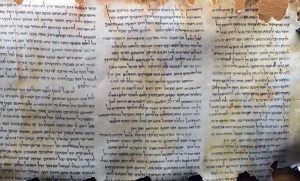

Written by Donald Brake Aug 22, 2018
FLOWER MOUND: Christianity is the world’s largest organized r eligion at 2.2 billion people. Christianity stands or falls on the veracity of the Old and New Testaments. While the archaeological evidence, including the Dead Sea Scrolls, don’t prove the Bible’s authenticity, it supports many of the details it has uncovered.
eligion at 2.2 billion people. Christianity stands or falls on the veracity of the Old and New Testaments. While the archaeological evidence, including the Dead Sea Scrolls, don’t prove the Bible’s authenticity, it supports many of the details it has uncovered.
An earlier article (Discussing Religious Authority: Who wrote the Bible, God or man?) suggests that scholars assume the accuracy of the Scriptures when assessing the value for archaeology and history.
Some disputed that the Israelites came from Egypt in the 15th century BC and destroyed the city of Ai (Joshua 8). Bryant Woods’ archaeology team digging at tel Khirbet el-Maqatir (biblical AI) found a scarab dating from the 1550-1450 BC. This is the Late Bronze I period—a date consistent with 1 Kings 6:1 and 1 Chronicles 6:33–37.
While it hasn’t convinced everyone, it has to be considered in the debate over the date of Exodus.
The Bible as a map to history
Beginning in the twentieth century archaeologists consulted the Bible when digging for historical sites, realizing the Bible has reliable historical accounts. As the late highly-respected Jewish archaeologist, Nelson Gluech (1900-1971) wrote:
“No archaeological discovery has ever controverted a biblical reference. Scores of archaeological findings have been made which confirm in clear outline or exact detail historical statements in the Bible. And, by the same token, proper evaluation of biblical descriptions has often led to amazing discoveries.”
The question remains: even if the Scriptures are presumably historically accurate, can we be sure that the Scriptures we have today are the same as when written 2,000-3,500 years ago?
How old is the Bible?
The earliest known manuscripts of the Old Testament date from the Babylonian captivity in 586 BC. Written on leather in the form of a scroll, these documents were read at annual feasts and used in private study.Prior, to the Maccabean revoltSyria had already destroyed many of the manuscripts of the time.
The final Jewish revolt against Rome in AD 132 and the scattering of the Jews is the beginning of the end of the Hebrew language. Aramaic and Arabic languages replaced biblical Hebrew. Most of the people forgot the language and its oral tones.
Preserving the language of The Bible
Sometime around AD 500 a group of Jewish scholars known as the Masoretes of Tiberius (a city in Galilee) began to preserve the Bible in the Hebrew language. In the late nineteenth century, Eliezer Ben-Yehuda began reviving Hebrew as a spoken language. The Zionist movement continued the spread of the Hebrew language.
The Masoretes dedicated their lives to forming an intricate system to standardize and preserve the exact words of the biblical text as they appeared on the page and how they were pronounced.
The oldest extant Hebrew Bible manuscripts are the product of the faithful, meticulous copying by the Masoretes.
Before 1947 the oldest known manuscript of the Old Testament was Codex Cairensis (AD 895) and the oldest complete text was Codex Aleppo (10th century).
The Dead Sea Scrolls – The greatest 20th-century discovery
In 1947 an Arab shepherd boy, pursuing a lost goat along the shores of the Dead Sea, tossed a stone into a cave and heard the clinking sound of breaking pottery. Climbing precariously into the cave, he discovered several leather scrolls stuffed into pottery jars. These fragments of the Old Testament became known as the Dead Sea Scrolls, hailed at the time as the greatest discovery of modern times.
Little in the past seventy years has changed that assessment.
From 1947 through 1956, eleven caves were excavated, and hundreds of fragments and scrolls were rescued. The archaeologists found scrolls and fragments of every book of the Old Testament except Esther. In addition to biblical materials, theologians reveled in the discovery of writings from the Essenes, a Jewish sect living in Qumran near the Dead Sea and responsible for hiding the scrolls.
The significance of the biblical scrolls found at Qumran was not in the new information they provided, nor in the correction of the text itself, but in their confirmation of the accuracy of the Masoretic text of the Old Testament.
The Qumran scrolls predate previously known manuscripts, Cairensis and Aleppo, by over a thousand years. Many wondered whether the Qumran scrolls would disprove the authenticity of the biblical texts that had been in use up to the new discovery. In fact, the text of the Dead Sea Scrolls provides evidence of the accuracy of manuscripts used in modern Hebrew Bibles.
It gives scholars and students confidence that the Scriptures bought in bookstores are the preserved texts of the original writers of the Old Testament.
Science vs. Faith
While most agree that the Old Testament is reliable for historical accounts, it has come under scrutiny for matters relating to scientific data. If modern studies or science contradict Scriptures, then the modern findings are often weighed more heavily than the biblical data. That is often the conclusion Christians make as well.
However, that thesis can be challenged. That’s coming.
About the Author
Written by Donald L. Brake Sr.
Donald L. Brake Sr., PhD, Dallas Theological Seminary; Dean Emeritus, Multnomah Biblical Seminary of Multnomah University. A former pastor, he lives with wife Carol, in Lewisville, Texas. The author has served as a Missionary in Ethiopia, SIM; Professor of Theology, Multnomah Biblical Seminary; Pastor, North Carrollton Baptist Church; President, Institute of Holy Land Studies (now Jerusalem University College; and dean Multnomah Biblical Seminary; and co-founder Living Word Bible Museum. He currently is a freelance writer. The author’s experience as president of the Institute in Jerusalem has given him insight into the historical, cultural, and geographical background of Israel and the life of Christ. Dr. Brake has led tours to the Holy Land and has taught the life of Christ and the Bible’s historical/cultural backgrounds for more than thirty-five years. Dr. Brake wrote a series of fifteen articles for the St. Louis Metro Voice and has published the Wycliffe New Testament. His book A Visual History of the English Bible was published in 2008 (a 2009 Evangelical Christian Publishers Association Christian Book Award finalist); Jesus, a Visual History with Todd Bolen, 2014; A Monarch’s Majestic Translation, in 2017; and A Visual History of the King James Bible, in 2011 (with Shelly Beach; also translated into Portuguese as "Uma Historia Visual Da Biblia King James"), a commemorative edition celebrating four hundred years of the King James Version. His major article “Versions, English” was published in The Interpreters Dictionary of the Bible, vol. volume 5, Abington Press. His most recent work is They Called Him Yeshua: the Story of the Young Jesus, 2019.


